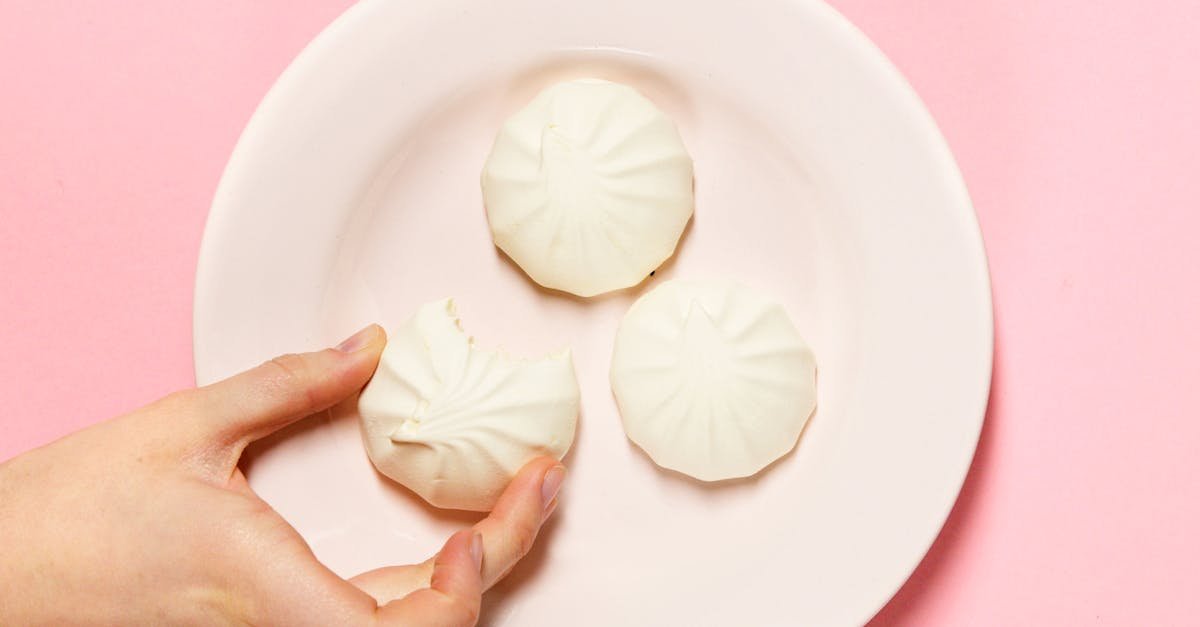When it comes to food safety, many of us have questions about what we can and cannot eat. One common concern is whether it’s safe to eat rice that has been left out overnight. Rice is a staple in many diets worldwide, but improper storage can lead to foodborne illnesses. In this post, we will explore the safety of eating rice left out overnight, backed by scientific insights and expert opinions.
| Fact | Details |
|---|---|
| Temperature Danger Zone | Rice left out at room temperature can become unsafe. |
| Time Limit | Cooked rice should not be left out for more than two hours. |
| Risks of Bacillus cereus | This bacterium can thrive in improperly stored rice. |
| Signs of Spoilage | Look for unusual odors, discoloration, or sliminess. |
| Safe Reheating | Reheat rice to at least 165°F to kill bacteria. |
Temperature Danger Zone
When it comes to food safety, the “temperature danger zone” is a crucial concept to understand. The danger zone refers to the range of temperatures between 40°F and 140°F, where bacteria can multiply rapidly. Cooked rice left out at room temperature falls within this zone, making it a breeding ground for harmful bacteria. To minimize risks, it is essential to refrigerate leftover rice within two hours of cooking to keep it out of the danger zone.

Time Limit
The time limit for leaving cooked rice out is critical for ensuring food safety. According to the USDA, cooked rice should not be left out for more than two hours. If the ambient temperature is above 90°F, this time reduces to just one hour. After this period, the risk of foodborne illness increases significantly, and it is recommended to discard any rice that has been left out for too long.

Risks of Bacillus cereus
One of the primary concerns with eating rice that has been left out overnight is the risk of Bacillus cereus, a type of bacteria that can cause food poisoning. This bacterium can survive cooking and, if rice is left out at room temperature, it can produce toxins that lead to gastrointestinal issues. Symptoms of Bacillus cereus food poisoning include nausea, vomiting, and diarrhea. To prevent these risks, it is vital to store rice properly after cooking.

Signs of Spoilage
Knowing the signs of spoilage can help you determine whether leftover rice is still safe to eat. If the rice has an unusual odor, discoloration, or a slimy texture, these are indicators that the rice has gone bad. Even if the rice looks fine, it is not worth the risk if it has been left out for an extended period. When in doubt, it’s best to throw it out to avoid potential foodborne illnesses.

Safe Reheating
If you decide to reheat leftover rice, it is essential to do so safely. The USDA recommends reheating rice to an internal temperature of at least 165°F to ensure that any bacteria present are killed. Use a food thermometer to check the temperature, and ensure that the rice is heated evenly. Remember that reheating does not make spoiled rice safe to eat, so always check for signs of spoilage first.

FAQ
Can I eat rice that was left out overnight if it looks and smells okay?
No, it is not safe to eat rice left out overnight, even if it looks and smells fine. Bacteria can multiply quickly in cooked rice left at room temperature, leading to foodborne illness. It’s best to err on the side of caution and discard it.
What should I do if I accidentally ate rice left out overnight?
If you have eaten rice that was left out overnight, monitor yourself for any symptoms of food poisoning, such as nausea, vomiting, or diarrhea. If you experience severe symptoms or dehydration, seek medical attention.
Can I store leftover rice in the fridge?
Yes, leftover rice can be safely stored in the refrigerator. Make sure to cool it down quickly and store it in an airtight container. It can be kept in the fridge for up to four days. When reheating, ensure it reaches an internal temperature of at least 165°F.
Is it safe to freeze leftover rice?
Yes, you can freeze leftover rice. Make sure it cools down quickly before transferring it to a freezer-safe container. Properly stored, it can last in the freezer for up to six months. When you’re ready to eat it, thaw it in the fridge overnight and reheat it thoroughly.
What are the symptoms of Bacillus cereus food poisoning?
Symptoms of Bacillus cereus food poisoning can include nausea, vomiting, abdominal cramps, and diarrhea. Symptoms typically appear within a few hours after consuming contaminated food. If symptoms are severe or persist, seek medical attention.
References:
– USDA Food Safety and Inspection Service: [Food Safety Information](https://www.fsis.usda.gov/wps/portal/fsis/home)
– Centers for Disease Control and Prevention: [Bacillus cereus](https://www.cdc.gov/foodsafety/diseases/bacillus-cereus.html)
– FoodSafety.gov: [Leftovers and Food Safety](https://www.foodsafety.gov/food-safety-charts/leftovers-and-food-safety)

